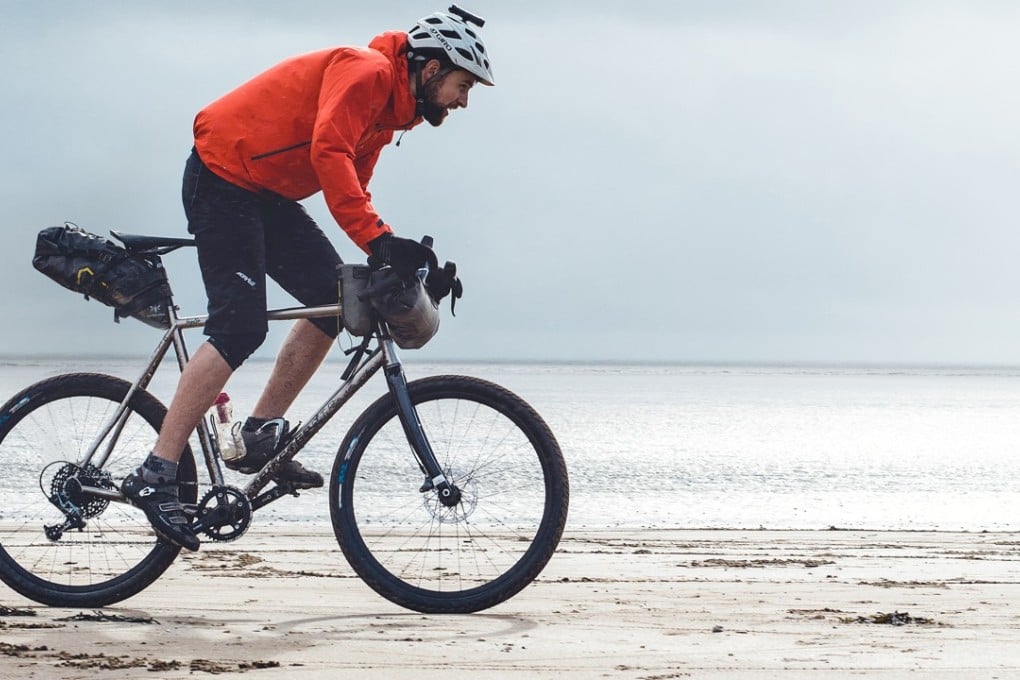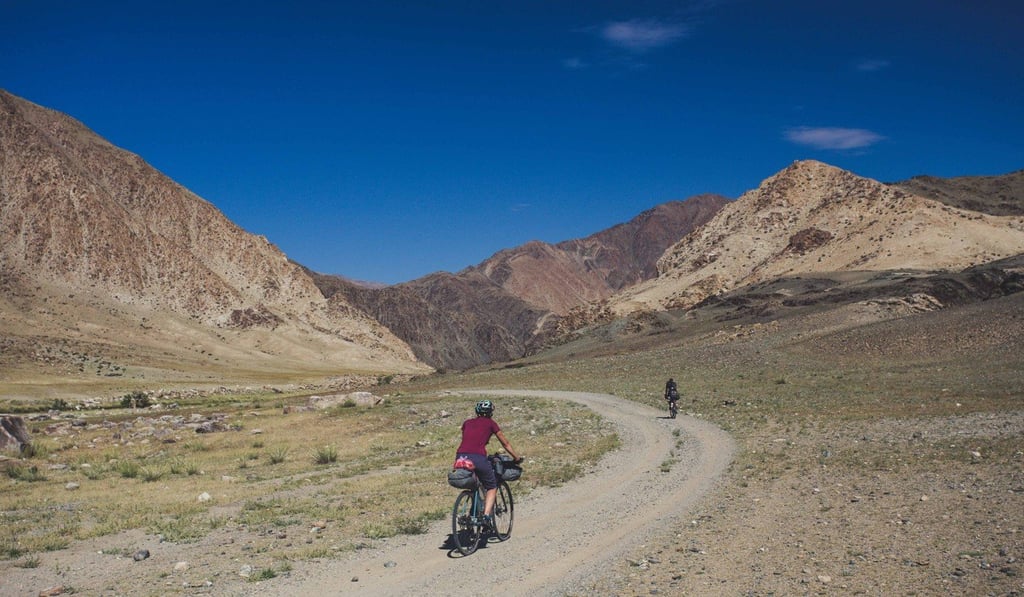New cycling trend: how gravel bikes are opening up remote terrain as never before – and the best places to go ‘bikepacking’
Better suited to unpaved tracks than a road bike and lighter than a mountain bike, gravel bikes let you ‘bikepack’ long – or short – distances in remote areas such as the Caucasus, Central Asia, the French Alps and the US Midwest

“Gravel bikes? It’s just another fad designed to sell more bikes to the uninitiated.” That was a friend’s assessment of the “big new thing in cycling” when I bought a gravel bike last year.
And he should know what he is talking about – he’s cycled most of the major passes of the French Alps and has ridden up the 1,912-metre Mont Ventoux three times in one day.
But 12 months down the line, he is in the market for a gravel bike of his own.
Gravel bikes and the associated activity of “bikepacking” have become the new buzzwords in cycling. Sales of gravel bikes reached US$28.9 million in the first quarter of 2018, up from US$10.1 million in the same period last year, according to Bicycle Retailer magazine. On the other hand, road bike sales in the US were down by 25 per cent in the first quarter of this year, compared to 2017.

“Gravel is the fastest growing sector of the bike market,” says Stu Bowers, deputy editor of Cyclist magazine in the UK. And since the US – and to a lesser extent the UK – often lead bike trends, the international market is likely to follow suit.
The exhilaration of … belting down a gravel trail in the Caucasus Mountains with a few mates, carrying all your own gear, it certainly makes you feel young again.
But what is a gravel bike? And what is bikepacking?
